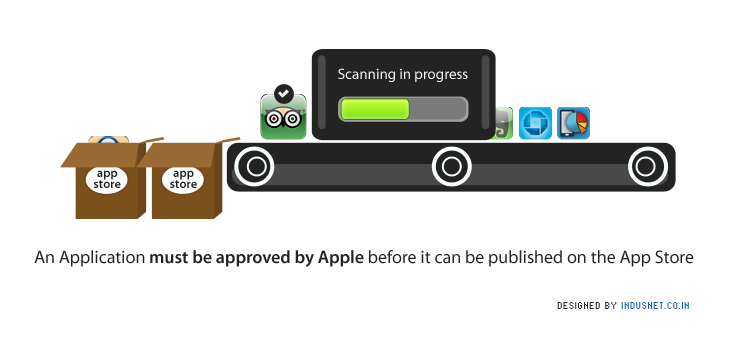
If one were to consider various platforms available for developing applications for mobile devices, there possibly couldn’t have been a better time. Industry research firm Gartner revelled that Apple overtook Samsung in the number of Smartphoens sold. Though Android has overtaken the figures of iPhones sold, one must remember that Android phones are sold by several companies while iOS devices are sold only by Apple. Developers stand to gain more than anyone else when they develop apps for iOS devices.
iOS 5
iOS 5 is the current version of Apple’s famed mobile operating system, and the one which developers need to know very well. It offers more than 200 new features if compared with iOS 4. What really have changed in the current version are the notifications. Earlier, notifications would disrupt running applications and that did not go very well with a lot of users. Notification Centre allows users to drag from the top of the screen and see all the notifications that need to be attended to. It is rather similar to how notifications work on Android devices, but more polished and sleek.
iCloud lets users sync all their data across Apple devices with the help of the cloud. Apart from these two important features, iOS 5 features deeper Twitter integration, better camera applications and a host of other features that developers must know.
Developing Applications for Apple Devices
In order to develop apps for iOS ecosystem, developers would need to have some amount of objective C understanding. While it is not actually necessary, knowing C language can help developers a lot. Designing applications for the iOS platform requires one to jot down the plan, engaging in coding and finally publishing the application on the App Store.
Administrative Tasks While Developing Apps
Much of the time would be spent in coding but a developer would also have to perform a number of administrative tasks. While juggling between administrative tasks and coding can be done by just one person, some people choose to work as a development team. Administrative tasks are usually carried out at the beginning and end of application development. The person who signs an agreement with Apple in order to become an Apple developer is also known as the team agent, and bears legal responsibility for the team, and for the application.
Maintaining Quality of Apps
Unlike other platforms, the applications that are available on the App Store are carefully curated by Apple. Thus, an application must be approved by Apple before it can be published on the App Store. While this may mean stringent measures employed to maintain quality, it also means that the end product is flawless. Apple also requires developers to engage in code signing, which makes an application’s code resistant to malicious tampering. Talking about coding, much of the time of a developer is spent in Xcode. Xcode brings user interface, debugging and coding under its umbrella and developers would use it until an app is published.
Developing Applications for iOS 5
With iOS 5 running on most Apple devices now, developers must keep in mind the higher screen resolution and iCloud. Higher screen resolution and retina display provide crystal clarity screens and thus developers need to keep that in mind while designing applications. An app that is designed for a lower resolution will not look good on newer iOS devices.
iCloud allows app data to be synced across all the iOS devices a person may use. This means an application that’s used on iPhone may also be used on the iPad, and when a user switches from one device to the other, the data too is transported in real time. This would affect the design of UI layers and data models.
Apple applications are known for their performance and lack of bugs. Such performance is possible only because Apple requires developers to tune their applications for performance. Apps must not degrade battery life of devices, must not crash often and must remain responsive even at times of duress. Developing applications for Apple devices can ensure digital fame and success, which naturally translates into wealth. However, app developers must bear in mind that Apple places stringent rules and quality standards in order to approve applications. While this can sound intimidating to developers, it is perhaps the reason why consumers choose Apple devices to others.